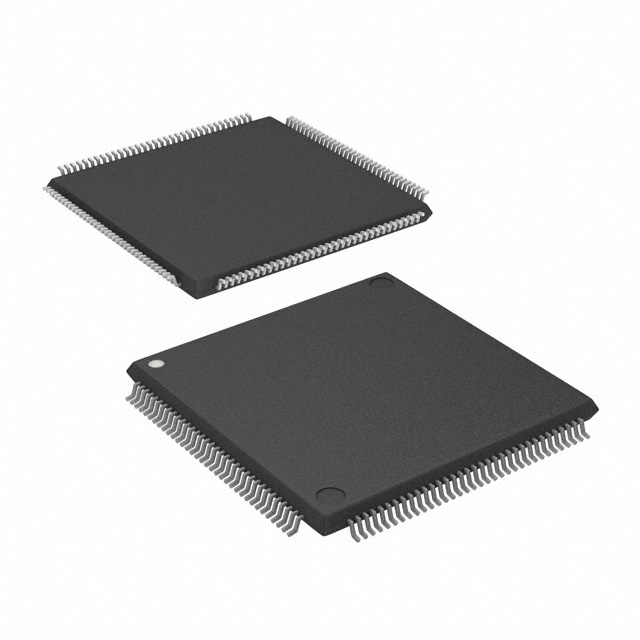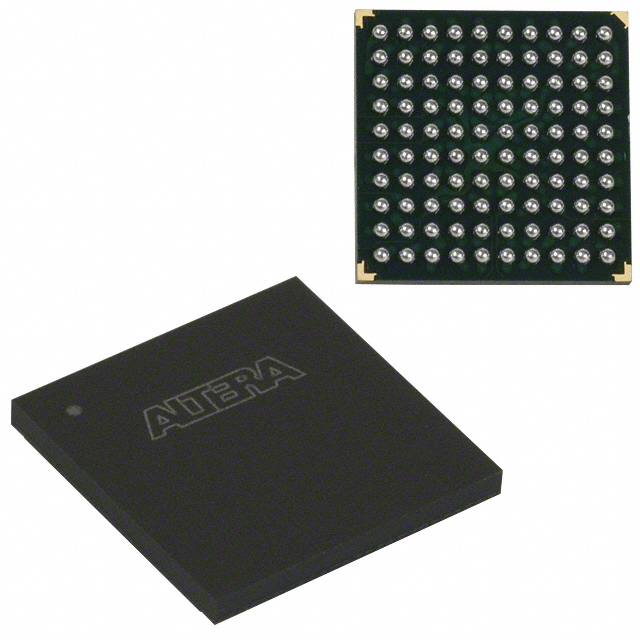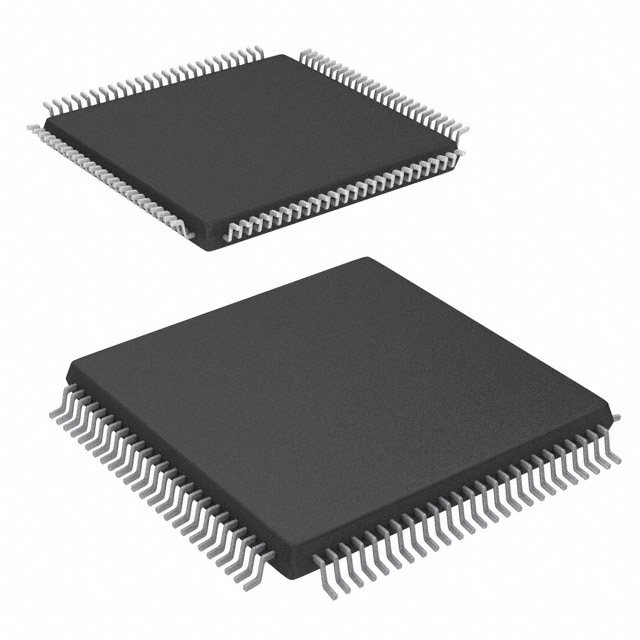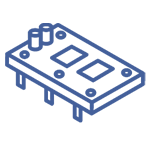Categories
- CPLDs (Complex Programmable Logic Devices)(995)
- 1
- 2
- 3
- 4
- 5
- 6
- 50
Description of CPLDs (Complex Programmable Logic Devices)
CPLDs are user-configurable integrated circuit products used for performing logical operations and information processing, which incorporate a higher level of functionality (i.e. more logic gates) than is characteristic of PLD or PAL devices, though less than that of FPGAs. Characteristically, CPLDs incorporate non-volatile configuration memory that enables storage and retention of the user's desired configuration directly on the device, with retention of this information when power to the device is removed.
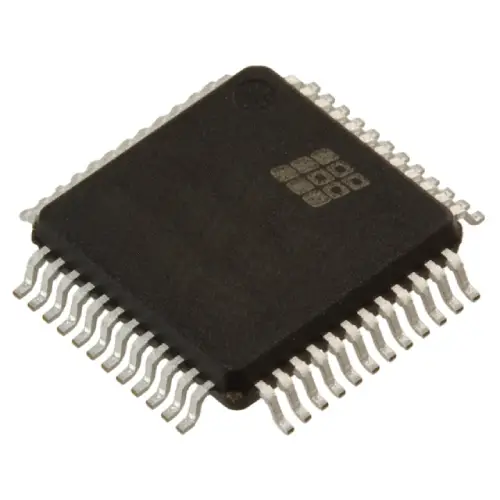
Frequently Asked Questions
What is a CPLD used for?
A CPLD (Complex Programmable Logic Device) is a digital chip that can perform complex logic functions. It is programmable and can be reconfigured, making it versatile. CPLDs are often used in embedded systems for tasks like control, communication, and data processing.
What is a Complex Programmable Logic Device?
A CPLD is a type of chip that can be programmed to perform specific tasks. It's commonly used because it can be easily programmed and reprogrammed to suit different needs, making it very flexible.
What does CPLD stand for?
CPLD stands for Complex Programmable Logic Device. It uses non-volatile memory to store configuration data and is often found in small, battery-powered devices due to its compact size and low power usage.
What is the difference between an FPGA and a CPLD?
CPLDs have fewer logic gates (a few thousand to a few hundred), while FPGAs (Field-Programmable Gate Arrays) have hundreds of thousands, allowing for more complex designs. FPGAs are better for building large, intricate circuits, while CPLDs are great for simpler tasks like glue logic.
Can CPLDs be reprogrammed?
Yes, unlike fixed-function chips like ASICs (Application-Specific Integrated Circuits), CPLDs can be programmed and reprogrammed. This flexibility is perfect for prototyping or designing digital systems where the functionality might change during development.
What can a Programmable Logic Controller (PLC) do?
A PLC is a tough computer designed for industrial automation. It can automate processes, control machines, or even manage entire production lines in factories.
What are examples of programmable devices?
A good example of a programmable device is a smart thermostat. It can be set to automatically adjust the temperature based on your preferences and can be controlled remotely through a smartphone app, letting you change the temperature from anywhere.
Are CPLDs obsolete?
CPLDs are becoming less common, similar to older Spartan II and 3 FPGAs from 2000 and 2003. This shift is more about clearing out older products that don't make much money rather than the CPLDs themselves being obsolete.
What can you do with a CPLD?
CPLDs are used in many areas like digital logic control, memory decoding, and interface logic. They are also found in devices such as routers, switches, and automotive systems.







